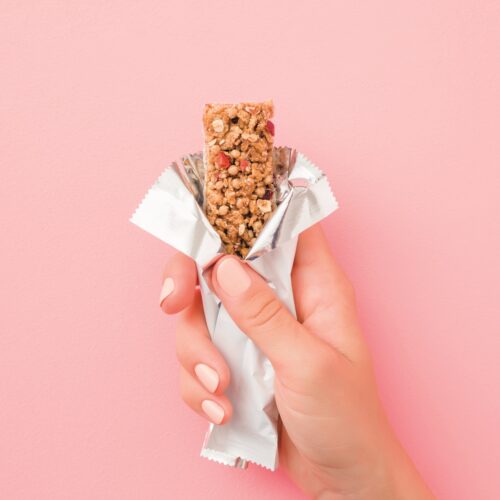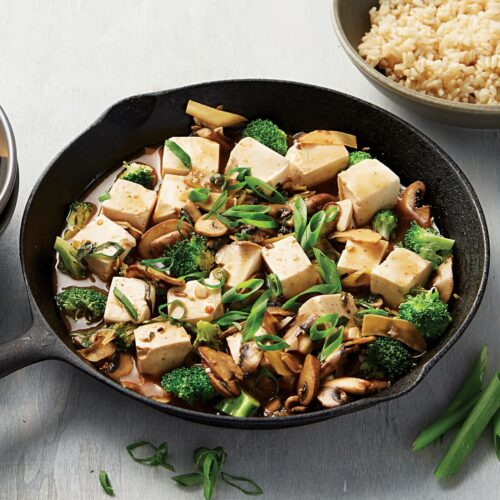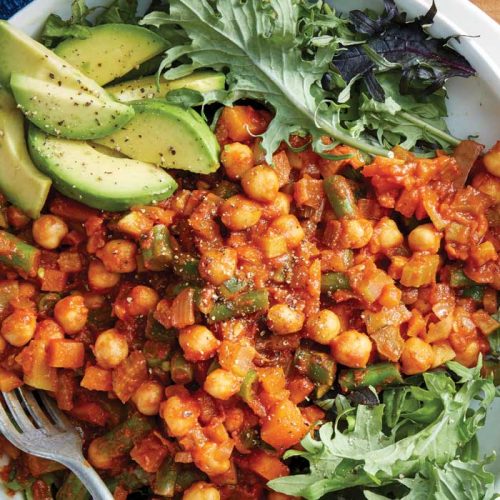
Many consumers are not aware that some of our everyday foods have been exposed to radiation. Simpson Grierson food law specialists explain why.
Why would food be exposed to radiation?
The process of irradiation is used to destroy pests and bacteria and to extend the shelf life of food. The process also provides an alternative to using chemicals or heat processes to control insects and microorganisms.
Food is irradiated by being exposed to ionising radiation from either gamma rays or powerful x-rays, which kills organisms such as insects, mould and bacteria that cause food to spoil.
Is irradiated food safe to eat?
The Ministry for Primary Industries, which is responsible for food safety in New Zealand, confirms that irradiation is internationally recognised as an effective way of providing quarantine safety and irradiation does not make food radioactive. Without irradiation many foods we enjoy would be unavailable.
What’s the law got to say?
The Australian New Zealand Food Standards Code (Food Code) sets out the requirements for food that may be irradiated. The Food Code also outlines the sources of radiation that may be used, labelling requirements for irradiated food and record- keeping requirements for the businesses that irradiate food.
Where’s the line in the sand?
Foods that are permitted to be irradiated include certain fruit and vegetables, such as apples, cherries, capsicum and zucchini.
Herbs and spices may also be irradiated, as well as plant material (for example leaves and flowers) that is used for herbal infusions. The Food Code also sets out the permitted minimum and maximum levels of absorbed doses of radiation for these foods.
If we’re interested, we can choose whether we consume irradiated food or not.
Consumers can tell whether their food has been irradiated because the Food Code requires that all foods that have undergone irradiation or that contain irradiated ingredients, must be labelled to show this. For foods that don’t require packaging and labelling normally (such as fresh fruit and vegetables), there must be a sign displayed nearby that shows that the food has been irradiated.
Food Standards Australia New Zealand (FSANZ), the organisation that develops the Food Code, must give specific permission before any food can be irradiated. Other regular foods, including pears, bananas, broccoli and cucumbers do not have permission to be irradiated.
In determining whether to grant irradiation permission for a specific food, FSANZ will consider:
- Whether there is a need for the treatment
- If the treatment is safe
- Any effects of the treatment on the food’s composition
- Any impact on the nutritional quality of the food
Consumer tip
Check the food label or nearby signs for the declaration that food has been irradiated. Look for the international Radura symbol, which can be used. If you’re still unsure and want to know if a product has been irradiated, contact the manufacturer or supplier to confirm this.
www.healthyfood.com










